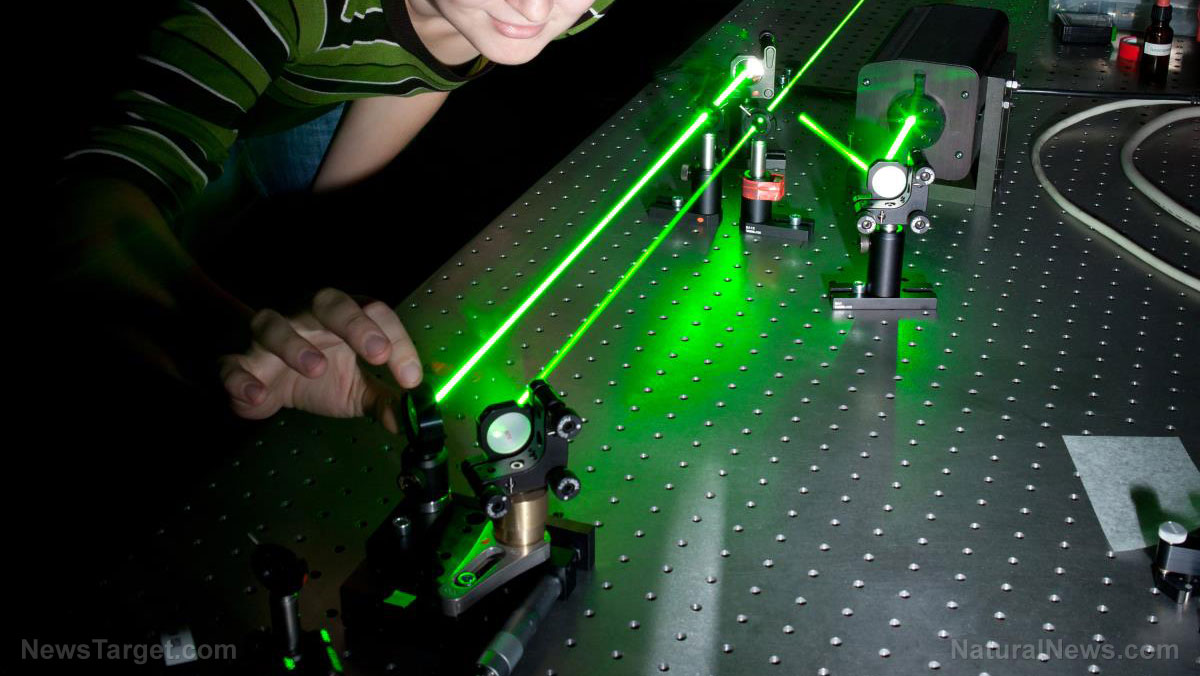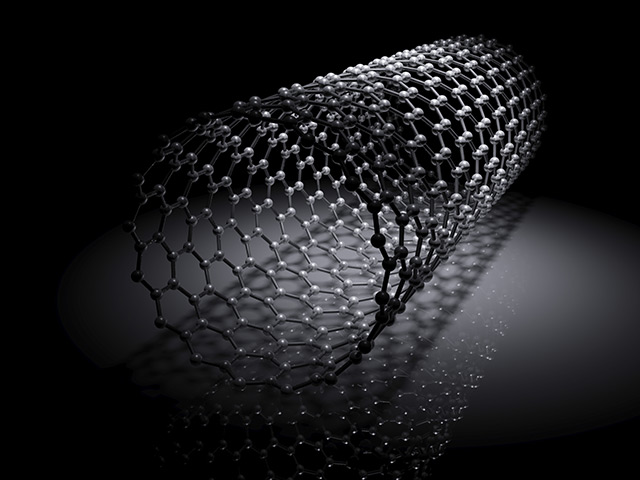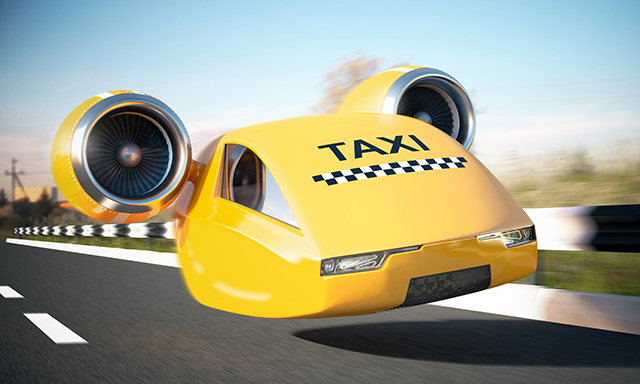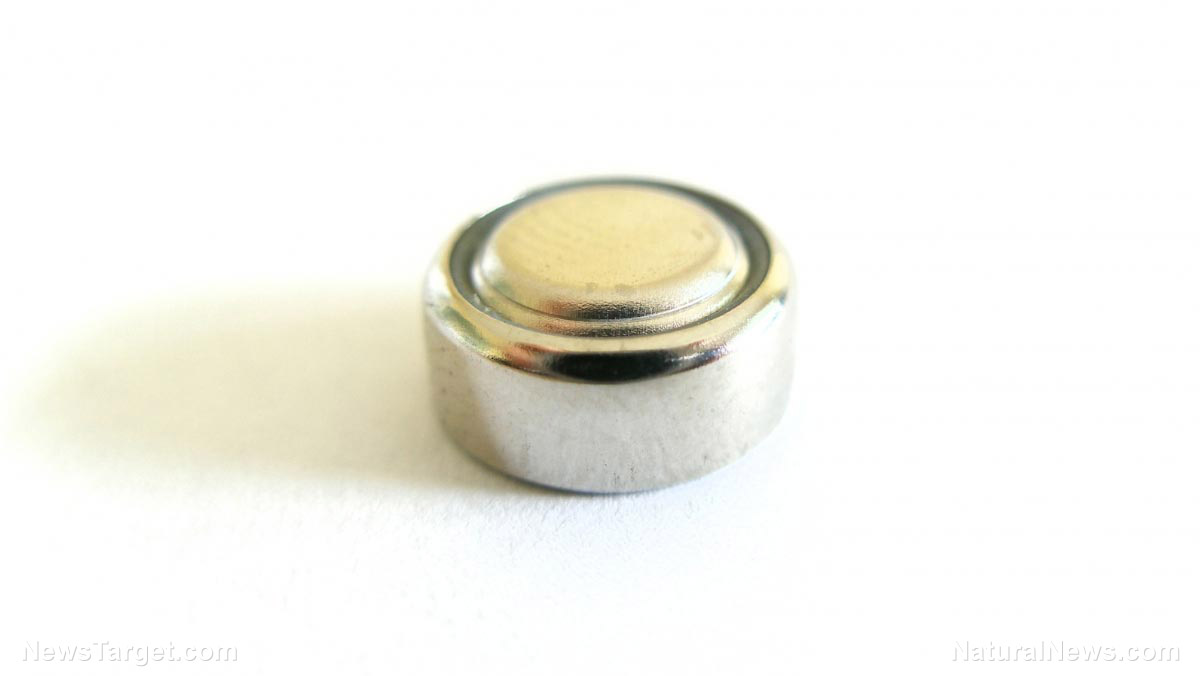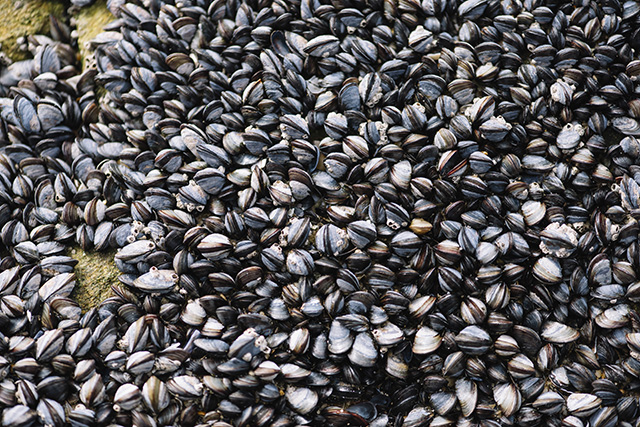New discoveries about one of the greatest artists in history: Experts have determined that Leonardo da Vinci was ambidextrous
05/18/2019 / By Edsel Cook
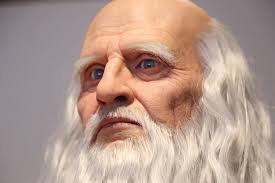
For the longest time, experts believed that the great Leonardo da Vinci was a southpaw. But recent research by Italian scholars indicated that while the Renaissance master was born left-handed, he eventually became ambidextrous – proficient in the use of either hand with equal skill.
The announcement came from the Uffizi Gallery, located in the famous artist’s hometown of Florence, Italy. The discovery regarding da Vinci’s ambidexterity took place just short of five hundred years after his death in 1519.
The researchers chose to examine the earliest surviving work that was known to be made by da Vinci. The drawing in question was a landscape depiction of the Arno River Valley and Montelupo Castle, both found near Florence. It bore the date of August 5, 1473 – at the time, da Vinci was 21 years old and already qualified to be a master.
The front of the drawing bore words that flow from the right side to the left. Meanwhile, the text found on the opposite side of the artwork went the opposite way, moving from left to right.
These two separate texts underwent scrutiny under the expert eyes of the Uffizi researchers. They confirmed that both sets of writing were the handiwork of da Vinci. More importantly, the handwriting proved that the master artist could write flawlessly with either hand. (Related: Leonardo Da Vinci’s Prescription for Life.)
Leonardo da Vinci was born left-handed but trained to become ambidextrous
“Leonardo was born left-handed, but was taught to write with his right hand from a very young age,” explained Cecilia Frosinini, an art historian with the Uffizi Gallery. “By looking at his writings, including from this drawing, one can see his right-handed calligraphy is educated and well done.”
So what is the big deal about da Vinci being ambidextrous rather than left-handed? It could all but upend centuries of assessments on whether or not he worked on an artwork or handed it to one of his apprentices.
Like any master artist, da Vinci employed assistants who handled many aspects of his work. The practice caused disputes regarding the authenticity of artworks attributed to da Vinci, especially since he was notoriously lax at completing his commissions.
Previously, experts examined a disputed da Vinci artwork for the marks made by a left-handed man. They logically assumed that da Vinci, a southpaw, used his favored hand when creating a work.
One recent example was the Monna Vanna, the so-called “Nude Mona Lisa” that came from da Vinci’s studio. Scientific analysis showed that a right-handed person worked on certain parts of it. But the work also bore many charcoal marks made by a left-handed man, believed to be da Vinci himself.
The numerous accomplishments of the most famous “Renaissance Man”
Like most of his contemporaries during the Renaissance period, da Vinci did not restrict his genius to art. In addition to painting and sculpting, he also tried his hand at architecture, anatomy, botany, cartography, engineering, geology, mathematics, music, and writing.
His enigmatically drawn Mona Lisa continues to be one of the most recognizable portraits in the world. His rendition of The Last Supper remains to be the most widely reproduced religious painting of all time. Likewise, his sketch of the Vitruvian Man has been replicated and parodied.
Leonardo also came up with conceptual designs for calculators, helicopters, tanks, solar power, and ships with double hulls. Most of his ideas were far ahead of his time, but some of his inventions got built and became essential parts of manufacturing.
Unfortunately, da Vinci also procrastinated a lot. Only 15 of his works made it intact to modern times. Similarly, many of his scientific findings in anatomy, civil engineering, hydrodynamics, and optics never got published.
Read more news about real history at RealHistory.news.
Sources include:
Tagged Under: ambidexterity, ambidextrous, artist, breakthrough, culture and arts, discoveries, Fact Check, left-handed, Leonardo da Vinci, real history, renaissance, research, right-handed, science
RECENT NEWS & ARTICLES
COPYRIGHT © 2017 REAL SCIENCE NEWS



